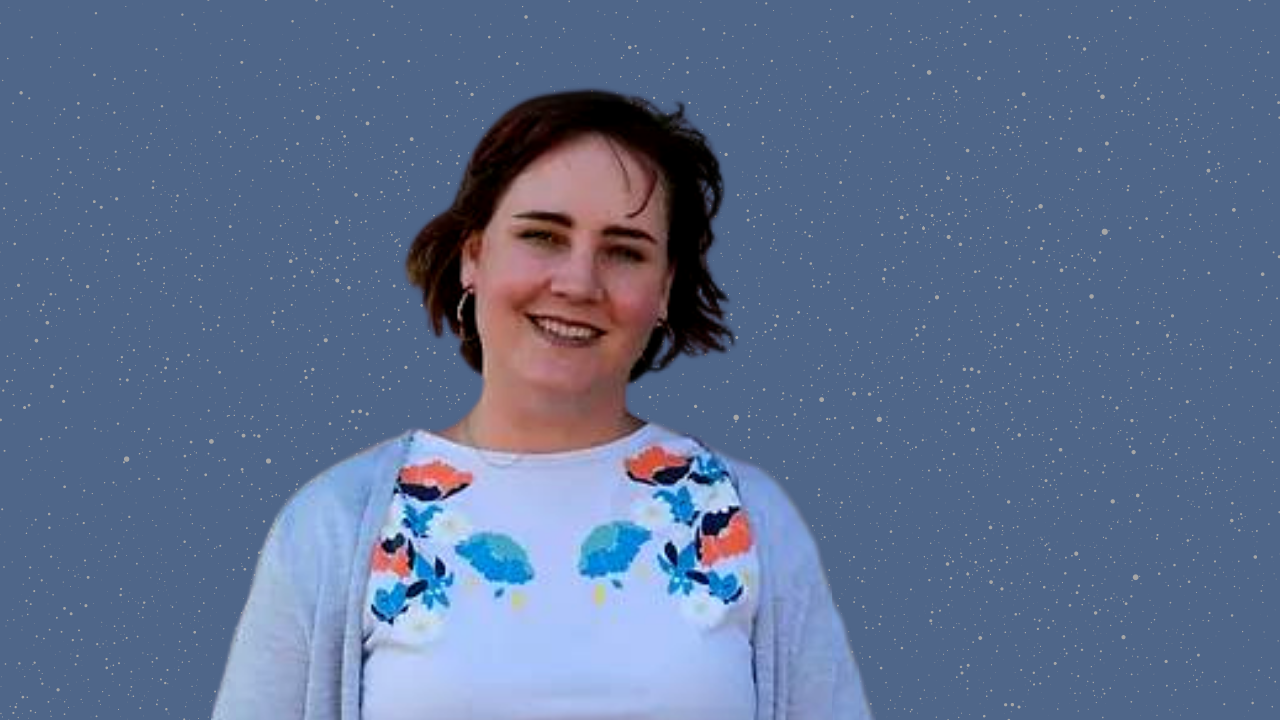When we spoke with Amaya Miquelajauregui Graf, she had just returned from a networking event in Maastricht. “There were people from different disciplines. It was amazing to be able to brainstorm and collaborate with others in real life. That was so long ago!”
It’s an understatement to say that our brand-new spearhead manager Neurosciences and Inflammation loves collaboration. In various positions around the world, Amaya already learned the importance of joining forces as a scientist. A few months ago, she came from Puerto Rico and landed at our Faculty of Medicine and Health Sciences. It’s about time we have a chat with her!
Hello Amaya! Three months ago you came to work at the University of Antwerp. How has your arrival been?
“Good, I feel very welcome here at the Faculty. You can see that everyone is doing their best to include me in the team, I haven’t felt alone here yet. For now, I am exploring a lot, because as a spearhead manager I have to connect scientists and decide which research topics are strategically interesting for the Faculty. Step by step I am gaining more knowledge. I will hopefully reap the benefits of that soon.”
Can you tell us what your ambitions are for this position?
“My official title is ‘spearhead manager’, and I offer research support to our Faculty in coordinating projects. Much of this relates to scientific liaison: my main goal is to make connections happen. How would I do that? First of all, by seeking new interdisciplinary options, not only between research groups, but broader than that: across different sectors and stakeholders.
Secondly, by pursuing funding opportunities nationally and internationally. And lastly, by promoting networking activities and partnerships. In this way, we can push forward the quality of excellence in research and education.”
You’re spearheading Neuroscience and Inflammation. Was that passion for Sciences always there?
“Definitely! Ever since I was little, I wanted to do something with science. But I also wanted it to have a social impact. My first training was in an HIV lab, the first one in Mexico, led by Gustavo Reyes-Teran. I was working with people with different backgrounds and perspectives: clinicians, researchers, social workers, students. It was truly interdisciplinary. That has always stuck with me.”
“On weekends, I worked at a science museum for children. One of the best science museums I’ve ever seen: at the entrance there was a sign that stated: ‘forbidden not to touch’. As a scientist, I had a lot of interaction with the visitors and helped creating material for the general audience. Science should be accessible to everyone; I think we should invest more in that.”
“My great passion for neuroscience led me all over the world. During my master’s in Neuroscience in France, we gathered every morning with students and researchers for a ‘petit café’. It was during that informal coffee break that the best collaborations emerged. After France, I pursued a doctorate in Germany and worked as a neuroscientist in Los Angeles, Mexico and Puerto Rico. Now I arrived in Belgium.”
What is it like to live in so many different places?
“People who go abroad a lot will already know this: you only start appreciating things when you miss them. I first made guacamole in Germany, and I learned salsa dancing when I no longer lived in Mexico. Of course, I always miss home; but I would describe myself as a collage, a citizen of the world.
You moved here with your husband and your son. How are you doing?
“Travelling this much can be challenging at first, but we try to be optimistic: it’s good for your brain! My son is seven years old now. I think it’s a good age to move, a bit older would be hard. He is still learning the language, but he’s doing well. He’s sociable and likes chess, music and football. We look for things that connect you independently of language.”
“I love living in Antwerp too. The buildings are beautiful, and the infrastructure is great for biking. That’s what I’ve been doing: I’ve been riding my bike to work. I love being able to look at the surroundings while commuting.”
You were working in Puerto Rico when you found this job. How did you find it and why did you choose to apply?
“I was working as a principle investigator in a lab in Puerto Rico. We had lost infrastructure in hurricanes and we survived that, but the pandemic hit harder. We had to stop most of our research studies, we needed to adapt others. It was as if I was in a baseball game, playing all positions at the same time. That’s not sustainable for the long run. I did like the job and I was collecting the fruits of my hard work, but at the same time I missed seeing my son. Work is important for me, but I would put being a neuroscientist and being a mother at the same level, and all my other identities after that. At that time, the professional side was eating all of me.”
“When I saw the position for the job I am doing now, it looked just perfect: like a ring on my finger. Many people asked me why I wanted to leave that position in Puerto Rico, a path that everyone wanted to reach. But I feel I can provide much more as a spearhead manager: I can support collaborations and actually make an impact. I have to be creative and work faster since I don’t need to manage the products myself. I understand the needs and challenges of the faculty and students; I can write papers and obtain scientific funding. Plus, I am hopefully going to have a better balance between my personal and professional life to have more space to be creative. I feel like I’m now moving in the direction that I intrinsically have.”

